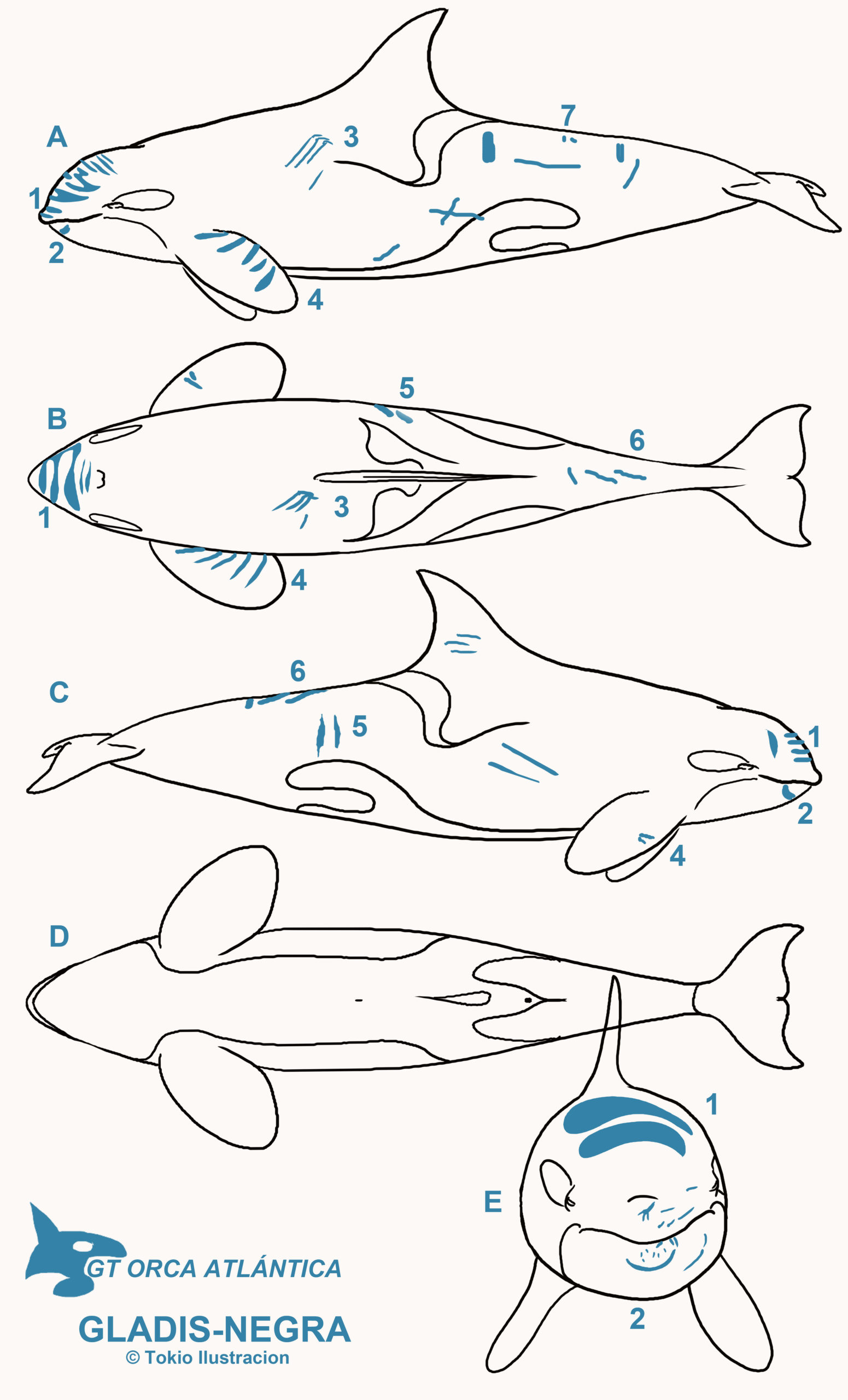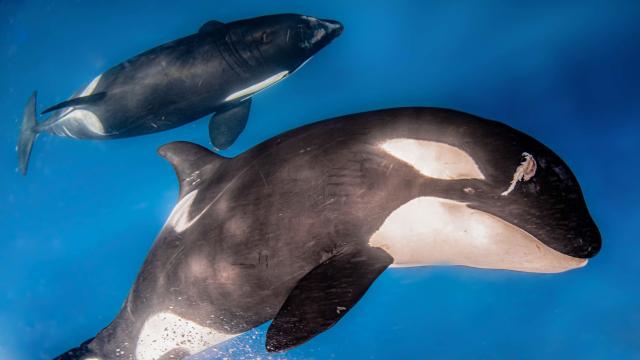Scientists are struggling to explain why orcas swimming off the Iberian Peninsula have started to attack sailing vessels. New research suggests these animals were likely wounded during previous encounters with boats and may be acting vengefully.
It’s 2020, so of course orcas are attacking boats. Since July, scientists have recorded 33 distinct interactions involving sailing boats and orcas, of which six were observed in the Strait of Gibraltar, five off the Portuguese coast, and 22 near Galacia.
In response, Spanish authorities temporarily banned small yachts from sailing along a stretch of water along the Iberian coast, as the orcas appeared to be targeting medium-sized boats measuring 50 feet (15 meters) or smaller.
[referenced id=”1442718″ url=”https://gizmodo.com.au/2020/09/for-some-strange-reason-orcas-are-ramming-into-boats-in-northern-spain/” thumb=”https://gizmodo.com.au/wp-content/uploads/2020/09/14/jeqdfsps1au5dfsvip4f-300×169.jpg” title=”For Some Strange Reason, Orcas Are Ramming Into Boats in Northern Spain” excerpt=”Although the majority of orcas ignore boats at sea, there are a few in northern Spain that are apparently interested in ramming into them, setting off a string of questions and a bit of apprehension.”]
The interactions appeared to be deliberate and coordinated, with sessions lasting for upwards of an hour. Approximately one-third of these encounters caused damage to the boats. The animals targeted the weakest part of the vessel: the rudder, according to an international working group of cetacean experts looking into the matter. Scientists have been unable to explain the odd behaviour, citing stress caused by a lack of food or annoyance at the resumption of human activity following covid lockdowns.

To figure out what’s going on, the working group, which includes marine biologists Alfredo López from the University of Aveiro in Portugal and Jose Cedeira from the Coordinator for the Study of Marine Mammals (CEMMA), took a look at recent and archival photographs of orcas known to frequent these waters. Revealingly, the biologists learned that three juvenile orcas were involved in 61 per cent of the incidents. Two adults were also implicated, but they remain unidentified, according to an emailed statement.
The three juveniles, named Gladis Black, Gladis White, and Gladis Grey, are known to the team. Photographic evidence suggests two of them — Gladis Black and Gladis White — experienced a succession of physical injuries between June 20 and August 3. The team mapped the injuries and identified wounds likely caused by run-ins with boats. These injuries were the result of the orcas ramming into passing boats, but the team says some of these injuries could’ve been caused by them trying to snatch tuna from long fishing lines.
Juvenile orcas are “commonly observed approaching boats of various kinds, likely due to their curiosity,” according to the experts. The stern is “especially attractive for cetaceans in general, and for orcas in particular,” as they contain “mobile and noisy structures.” That said, the encounters since July are “considered unprecedented due to the repeated physical contact of the specimens with the structure of the ships,” as the biologists explained in the statement.
Accordingly, the researchers attribute this “strange and novel” behaviour to an “adverse incident” involving the orcas and a boat, in which the speed of the boat played a potentially important role. As it stands, there’s still no clear evidence of “when or if it actually happened,” and the scientists can’t confirm which type of vessel was involved or if the incident was accidental or deliberate.
Regardless, the scientists say this aversive event is likely responsible for the behaviour, which starts in the presence of a fast-moving boat and ends with an apparently defensive move in which the orcas successfully stop the boat by mangling its rudder. To be fair, however, these are apex predators, so their actions may be better described as being offensive in nature.
The experts did not rule out the possibility that this behaviour is caused by the orcas’ curiosity. It’s also a very rewarding activity (injuries notwithstanding), as the action results in a rather large object coming to a grinding halt or slowing down appreciably — these juvenile orcas might actually be attacking for fun, rather than spite. Or, these orcas are progressive radicals, and they’re doing it to fuck with the 1% and their fancy yachts.
Fact of the matter is that we don’t know; it’s difficult for scientists to infer the cause of an animal’s behaviour, this case being no exception.
No humans have been injured during these encounters, but this is obviously not great for the orcas, as it’s altering their normal behaviour and could eventually lead to more serious injuries. Whatever the reason, let’s hope the hostility stops soon.
